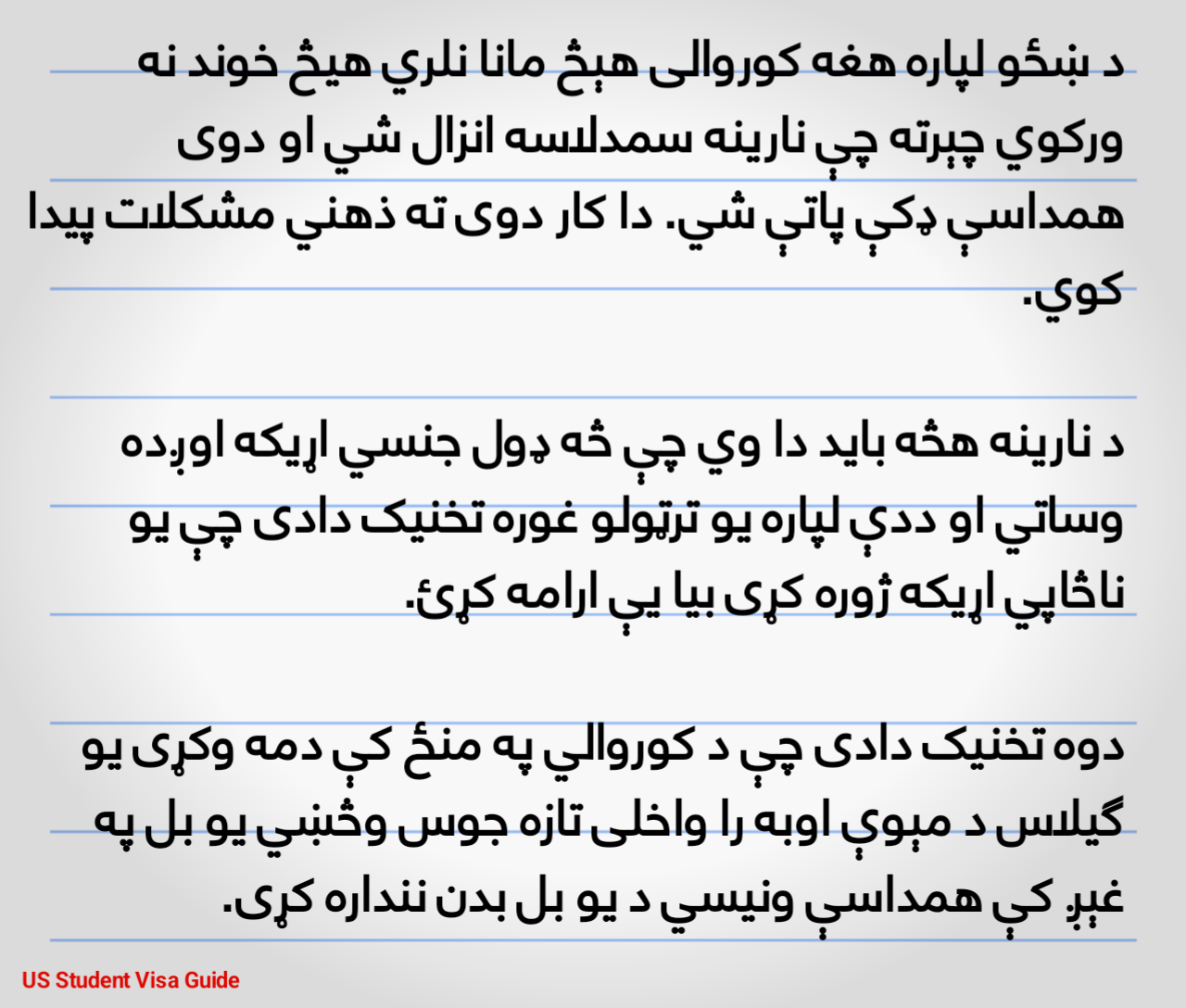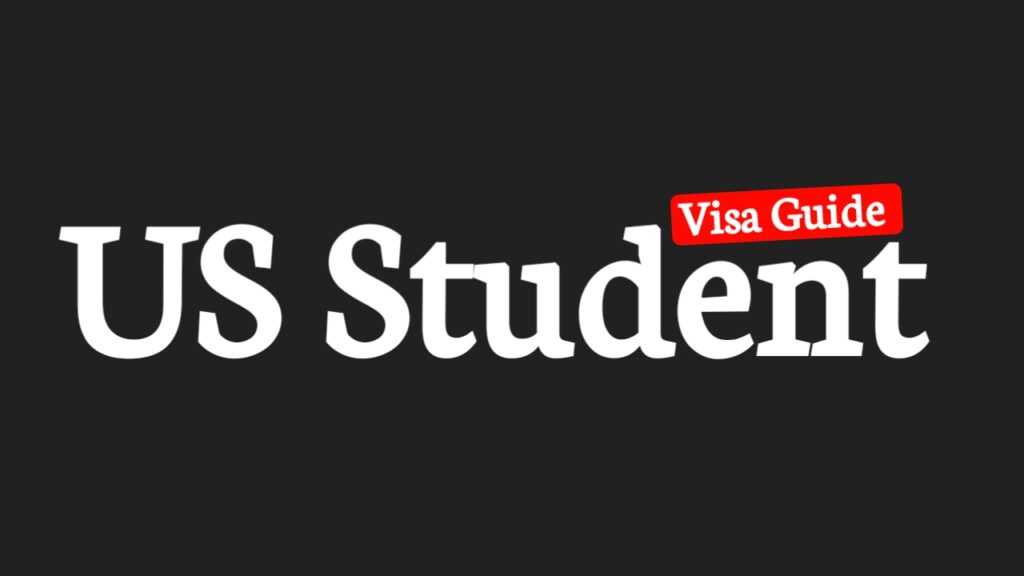Planning to study in the United States? That’s awesome! The U.S. offers some of the best educational opportunities in the world.

However, before you can pack your bags and start your journey, you’ll need a student visa. Let’s break down the process into easy steps, ensuring you’re well-prepared for this exciting adventure.
Types of Student Visas
There are primarily three types of U.S. student visas: F-1, J-1, and M-1. The F-1 visa is for academic studies and is the most common.
The J-1 visa is for exchange programs, often sponsored by educational or government institutions. Lastly, the M-1 visa is for vocational or technical training. Over 1 million international students studied in the U.S. during the 2021-2022 academic year, with the majority holding F-1 visas.
Step-by-Step Application Process
1. Get Accepted to a U.S. School
First things first, you need an acceptance letter from a SEVP (Student and Exchange Visitor Program) certified school. Once accepted, the school will provide you with a Form I-20 for F-1 and M-1 visas or Form DS-2019 for J-1 visas. Keep this document safe—it’s crucial for your visa application.
2. Pay the SEVIS Fee
Next, pay the SEVIS (Student and Exchange Visitor Information System) fee. This fee supports the maintenance of your student information in the U.S. government’s database. You can pay this fee online, and remember to keep the receipt as proof.
3. Complete the Visa Application
Fill out the DS-160 form online. This form collects your personal and travel information. It’s a detailed form, so take your time and make sure everything is accurate. After submitting, you’ll receive a confirmation page with a barcode—save this, as you’ll need it later.
4. Schedule and Prepare for Your Visa Interview
Schedule an appointment for a visa interview at the nearest U.S. embassy or consulate. Wait times for interviews can vary, so book your slot early. During the interview, an officer will ask about your study plans, your school, and how you plan to finance your education. It’s essential to be honest and confident. In 2021, around 70% of F-1 visa applications were approved, so stay positive!
5. Gather Required Documents
Prepare a folder with all the necessary documents:
– Passport (valid for at least six months beyond your intended stay)
– Form I-20 or DS-2019
– SEVIS fee receipt
– DS-160 confirmation page
– Visa interview appointment confirmation
– Recent passport-sized photos
– Financial evidence (bank statements, scholarships, etc.)
– Academic records (transcripts, diplomas, test scores)
The Interview Day
Dress formally and arrive early for your visa interview. Be clear and concise with your answers. The officer might ask about your study plans, ties to your home country, and financial stability. The goal is to demonstrate that you have a clear plan and intend to return home after your studies.
After the Interview
If approved, your visa will be stamped in your passport. Processing times can vary, so check the embassy’s guidelines. If denied, don’t be discouraged. You can reapply, addressing any issues that may have led to the denial.
Additional Tips
Start Early: Begin the visa process at least 3-5 months before your program starts.
Stay Organized: Keep all your documents in one place and track deadlines.
Seek Help: Consult your school’s international student office for guidance.
Conclusion
Getting a U.S. student visa may seem daunting, but with careful preparation, it’s entirely manageable. Remember, you’re not alone—many students have successfully navigated this process and gone on to have enriching experiences in the U.S. Best of luck with your application, and here’s to a fantastic educational journey ahead!


